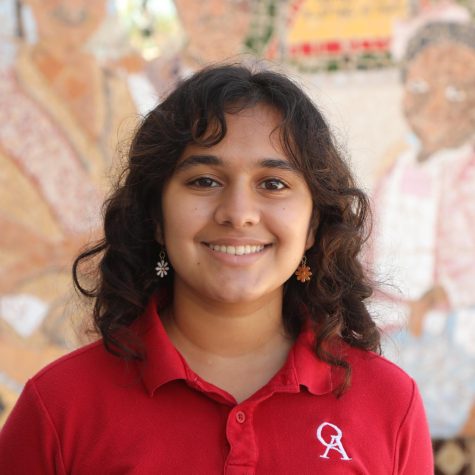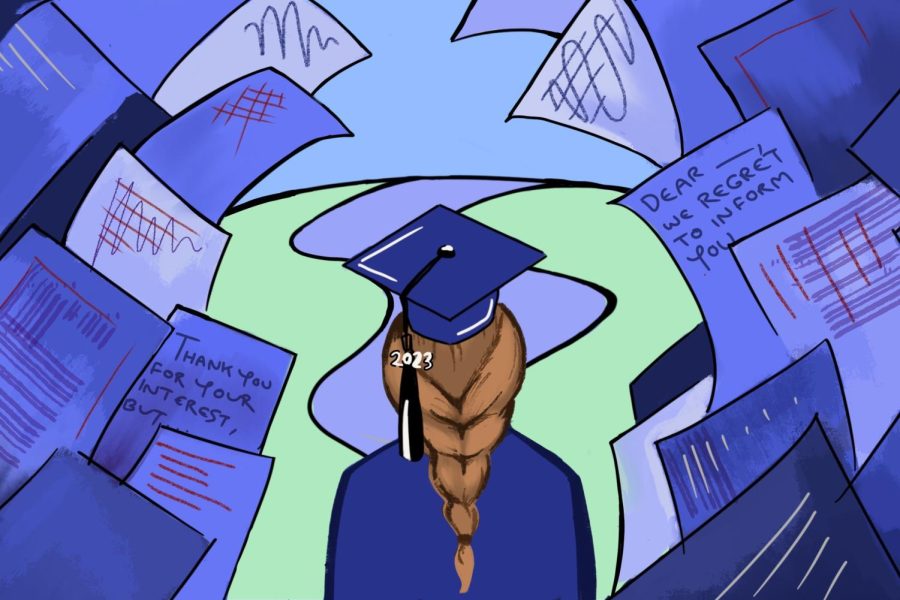After every admissions cycle, underclassmen of all grade levels prepare to clamor for the same highly-coveted spots at elite universities. But as Ivy League dreams fall increasingly out of reach, students require a new perspective on their future post-secondary education — one where prestigious university institutions are not seen as the only path to success. Instead, considering the mounting cost of college and the merits of vocational career opportunities, students should determine whether a traditional college education is worth their time and money or if they are better off on another path.
As the focus of college applications remains on prestige, students overlook the actual cost of their idealized universities. For both public and private universities, tuition costs have outpaced inflation and continue to rise, with in-state public universities’ tuition increasing by 175% since 2003 and private universities’ tuition increasing by 134%. For context, average inflation in the U.S. was 65% from 2002-2022. These rising costs are reflected in student borrowing, as public and private four-year universities have between 55-57% of students who had student loans. Despite public universities’ commitment to democratizing education, rising college costs create financial burdens for low to middle-income families, who experience lagging wage growth.
Some prospective students believe that their future careers will quickly pay off the debts they will incur. However, paying off debts is easier said than done, as students are expected to navigate a rapidly changing job market and an oversaturation of college graduates. Careers in computer programming and the pharmaceutical industry are slowing in job growth, making it harder to find jobs to pay off student loans. Additionally, graduates are being supplied at much higher rates than the labor market demands. These challenges to paying back debt can result in major life milestones — such as purchasing a house or saving for retirement — being pushed back.
Competitive college-preparatory schools like Oxford Academy have instilled the idea that the main objective for high-achieving students is to attend a four-year college, preferably a prestigious institution or UC, immediately after high school. Although many Oxford students strive to be the ideal collegiate candidate by having multiple leadership positions in their extracurriculars and maintaining top-notch grades, much of the college application process is outside even the most qualified students’ control. With test-optional admissions and practices like “shotgunning” — applying to dozens of universities to increase chances of admission — becoming more widespread, the number of applications colleges receive has risen to record numbers. In contrast, the number of seats available has stayed relatively the same.
Many universities want to create more diverse student bodies regarding what their admits can offer. Due to the oversaturation of applicants for majors like computer science, many universities have no choice but to deny otherwise smart and capable students. Admission officers spend on average 15 minutes reading each application, meaning the strength of an applicant’s profile may not be the determining factor in a college acceptance, but rather the unpredictable needs of the university’s student body. The immense stress and emotional toil students face in hopes of shaping themselves into the perfect applicant are often not worth the results.
However, alternative educational paths can be just as viable. Community colleges, for example, offer quality education at a fraction of the price of a four-year institution, which can greatly benefit students looking to transfer to a university afterward. In fact, California residents can attend junior colleges such as Cypress College and Fullerton College tuition-free upon high school graduation. Due to AUHSD’s educational pledge, students who meet admissions criteria are guaranteed admission to these junior colleges as well as a transfer to UCI or CSUF. Similar to the pledge, the Associate Degree for Transfer program at Cypress College guarantees admission to a CSU campus with a similar major while boosting students’ GPA by 0.1. Additionally, data from Forbes has shown that community college transfers are more likely to graduate from a 4-year university than their peers who went directly from high school. This success can be attributed to community colleges making the transition to traditional universities easier. Professors who teach at two-year colleges generally focus more on teaching rather than research, allowing more preparation for upper-division courses if they decide to transfer.
Vocational schools and apprenticeships allow students to obtain faster educations and study practical skills that can be applied to hands-on jobs. These professions include construction managers, electricians, dental hygienists, and elevator mechanics. Such professions also have stable job markets, as many popular trades — such as plumbing and HVAC — remain in demand regardless of the state of the economy.
The economic return of a trade profession can be well worth the investment. Vocational schools are much cheaper than a four-year university education, costing around $30,000 to complete a program as opposed to upwards of $100,000 for a university. Certain trade professions such as electrical repairers have median incomes of $93,420. Commercial pilots and ship captains, often retired military, are also considered high-income positions after obtaining the necessary licensing with median salaries of $80,000 or more.
The high cost of a college education is a burden that individuals on the brink of adulthood shouldn’t take lightly. A gap year can provide clarity to determine if that path is worth it. Common in countries like the UK, gap years provide high school graduates more control over their educational journey. Going down this route allows students to reflect on their interests before they commit to a college or major and can save money in the long run.
Rather than restricting themselves to a cookie-cutter plan after graduation, students should broaden their horizons by exploring non-traditional career options. Making sure that a chosen path fits them best is more crucial than frantically racing to an imaginary finish line.


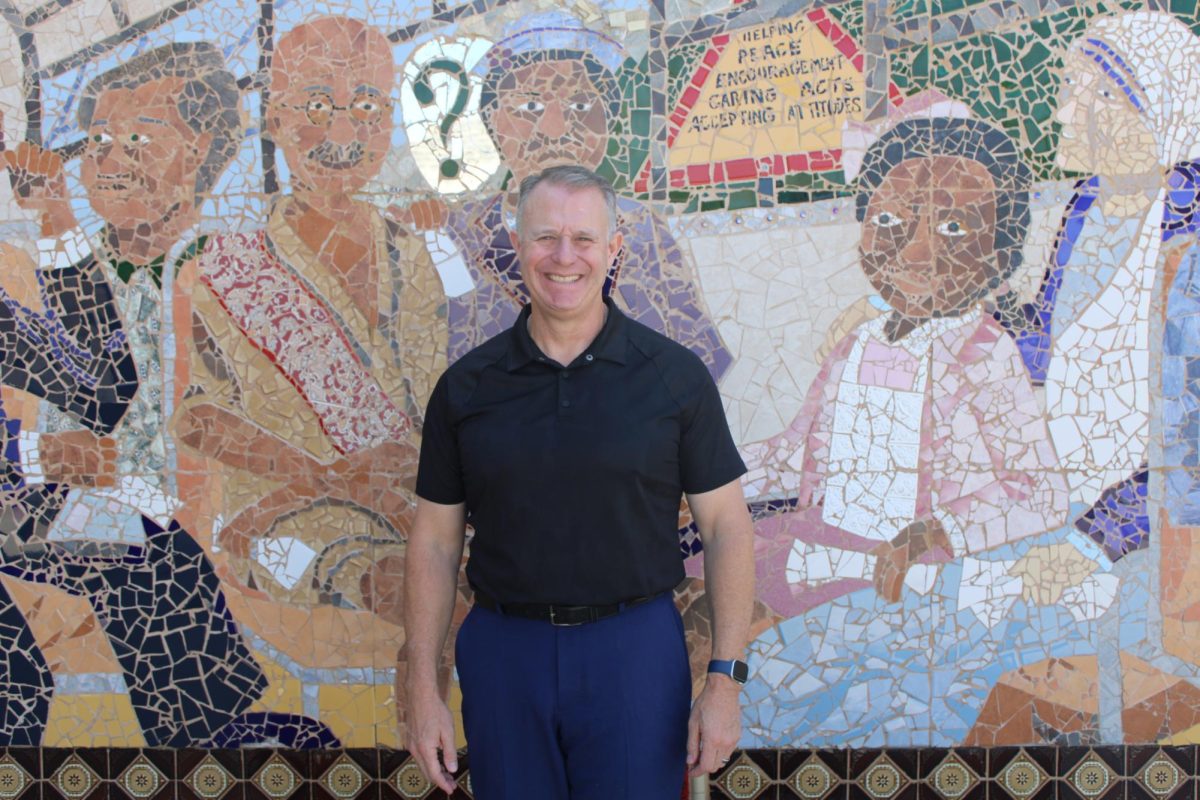

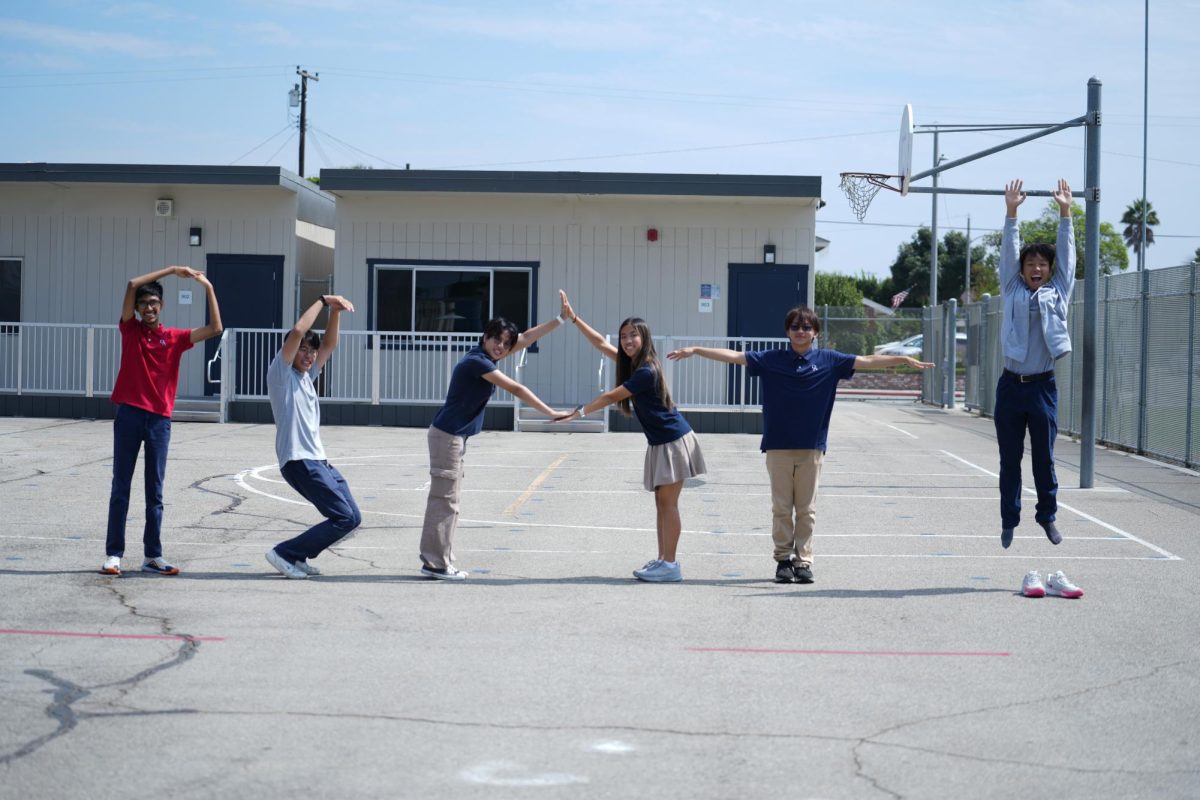

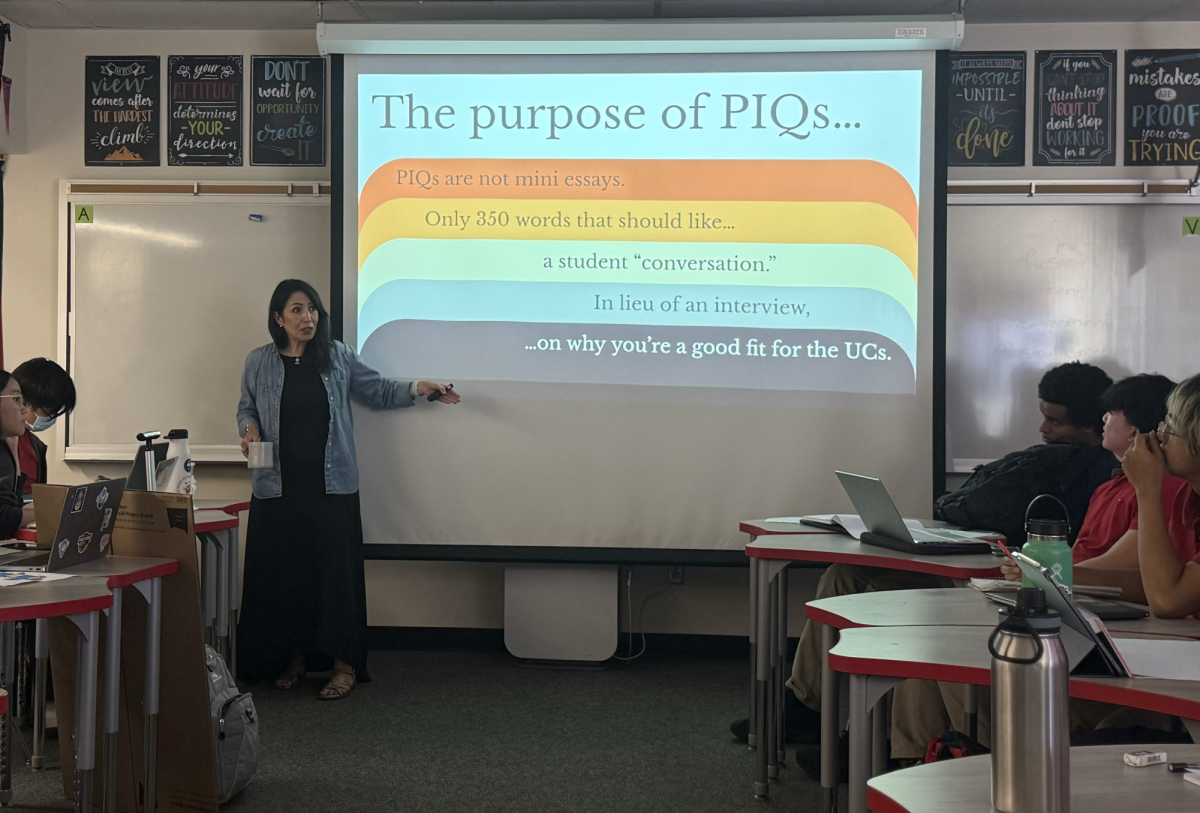


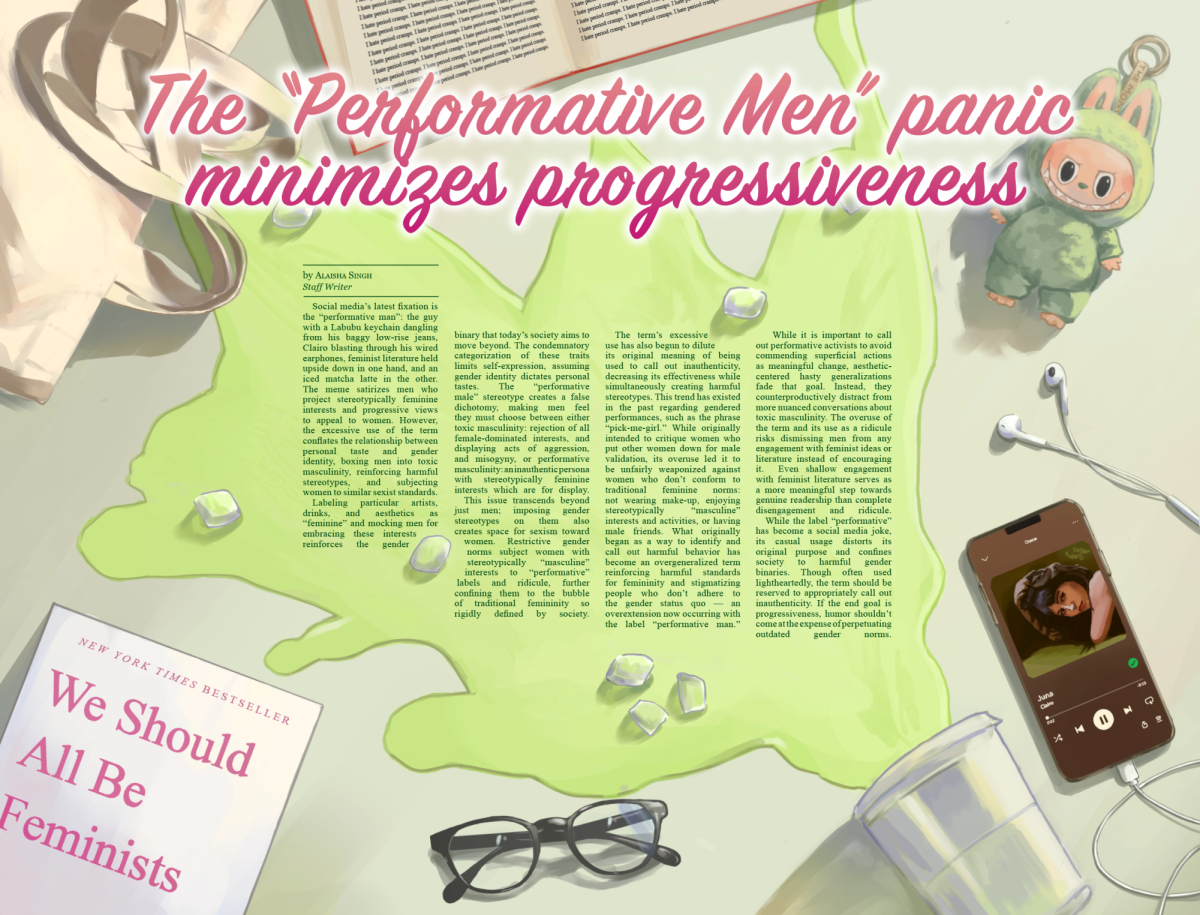


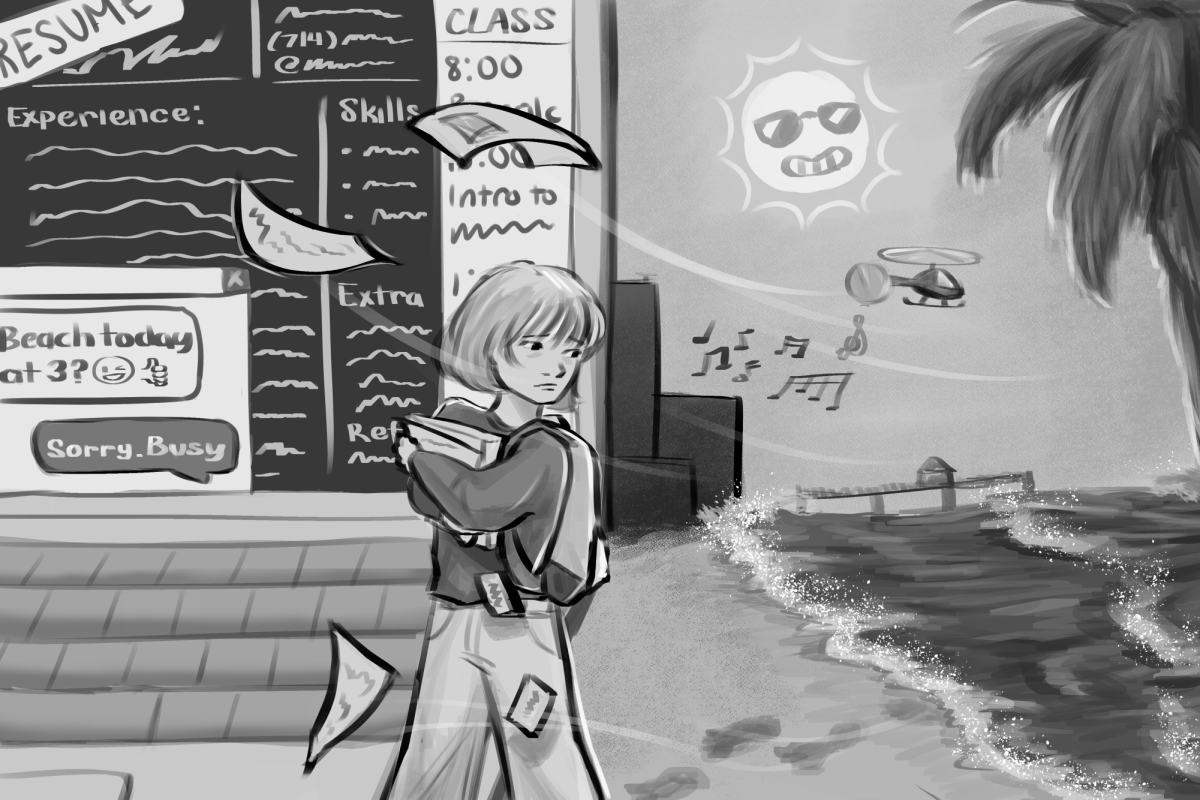


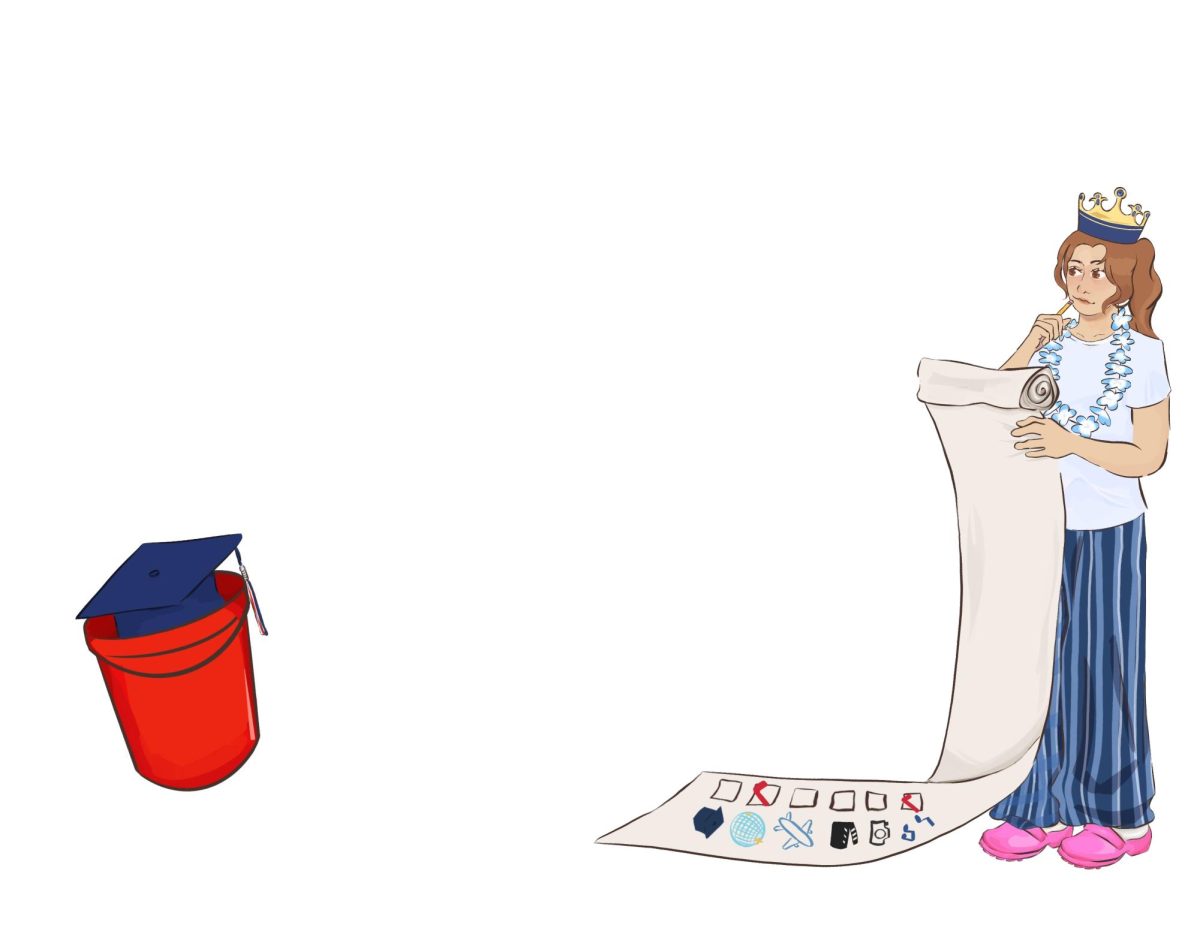
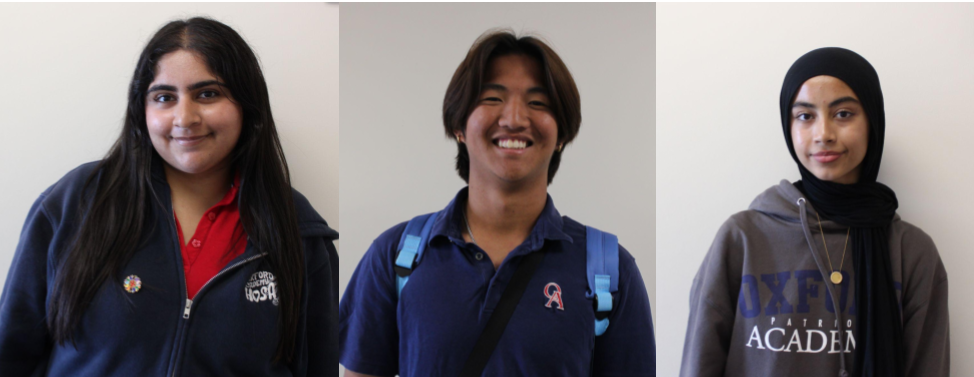
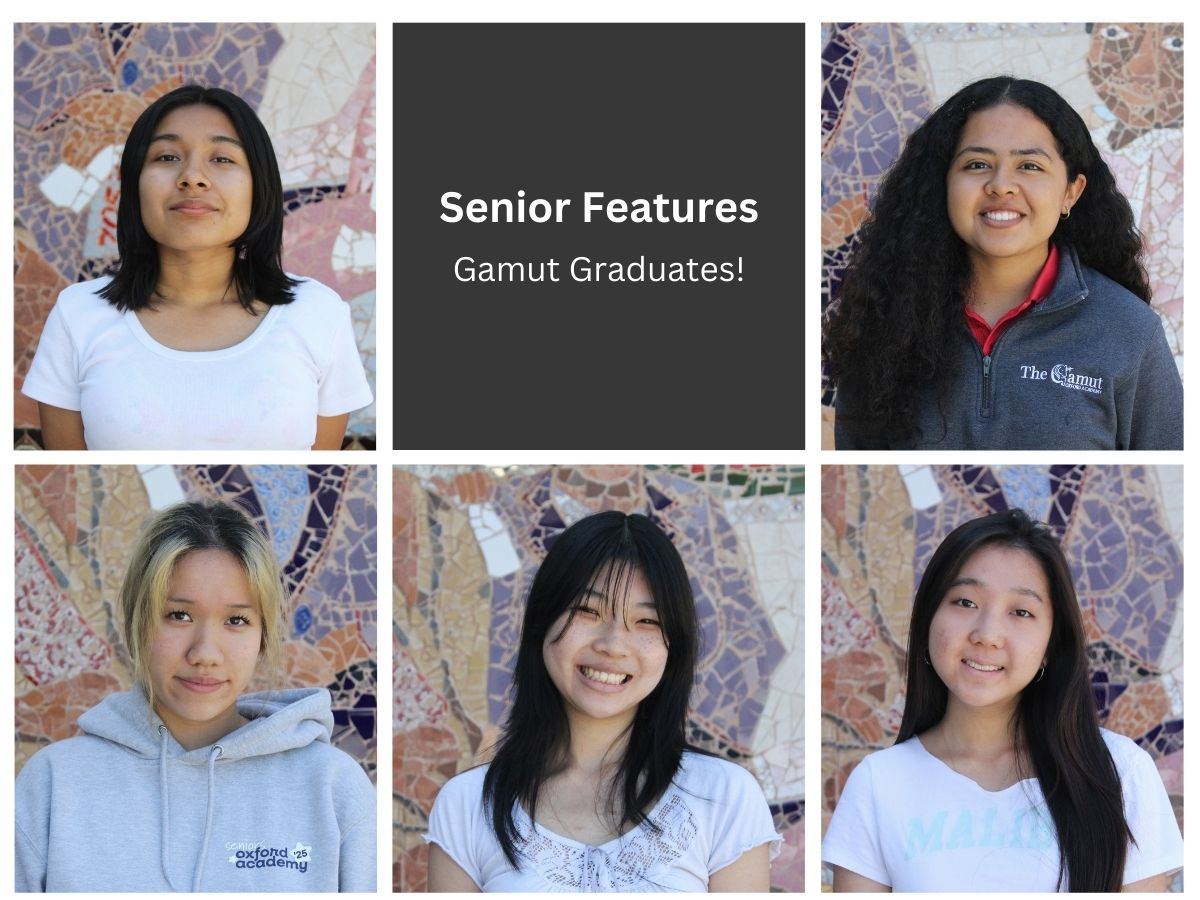
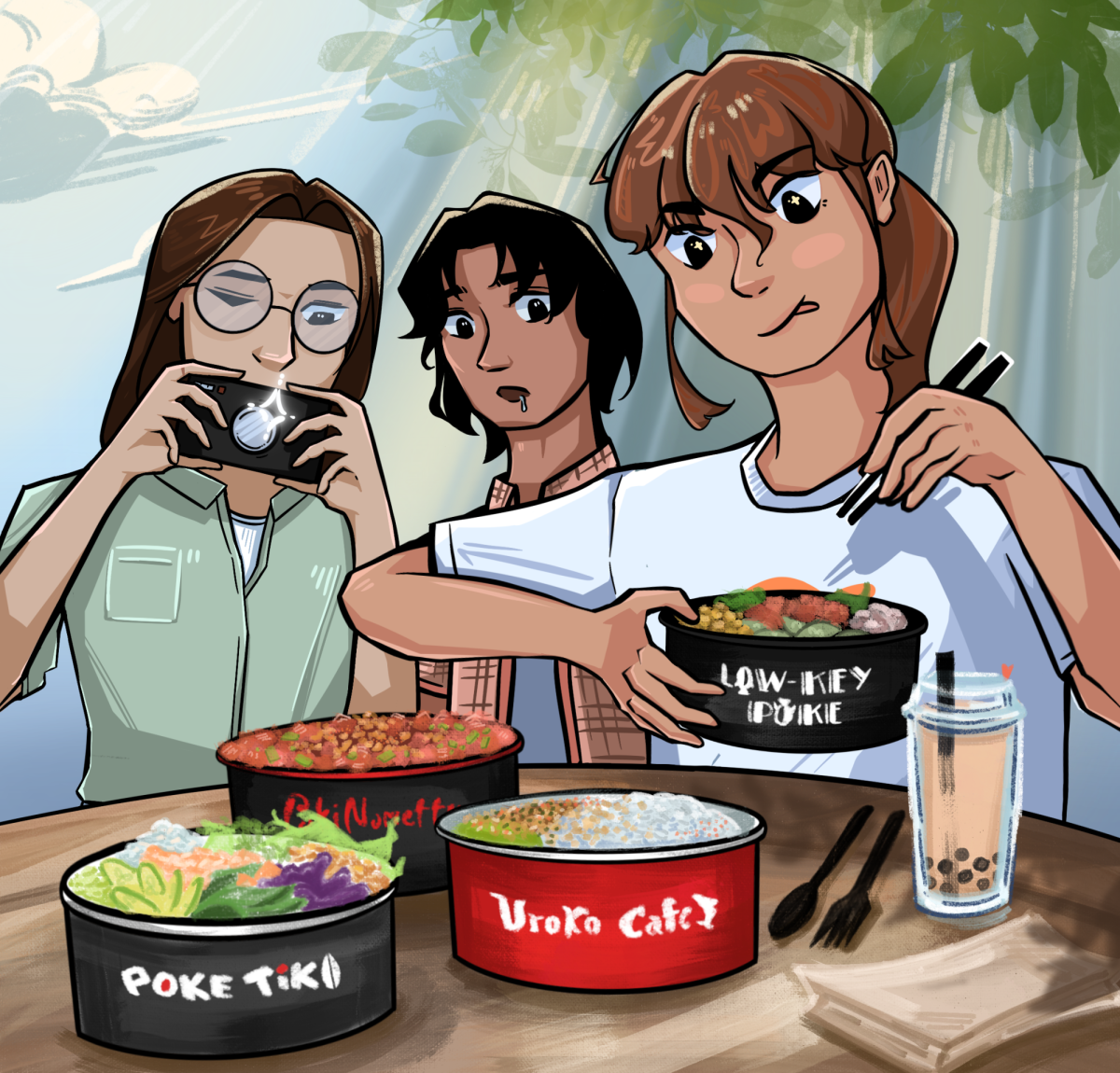



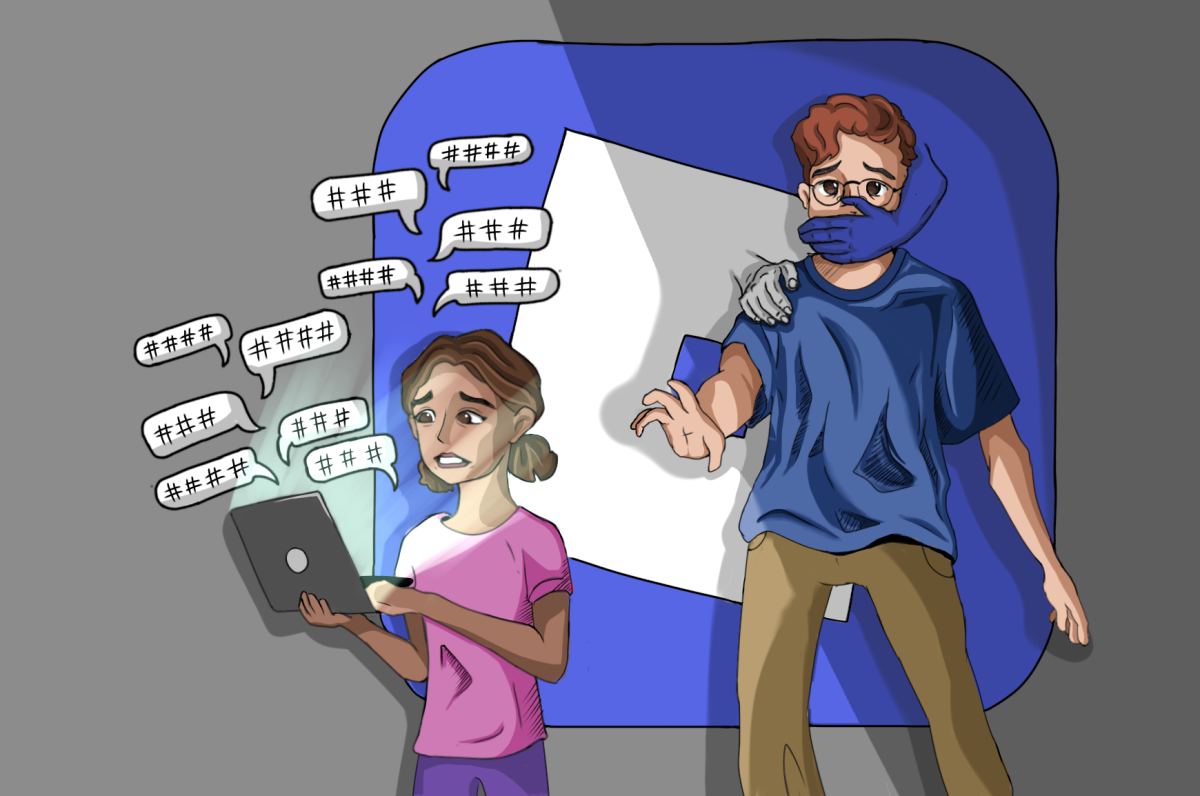
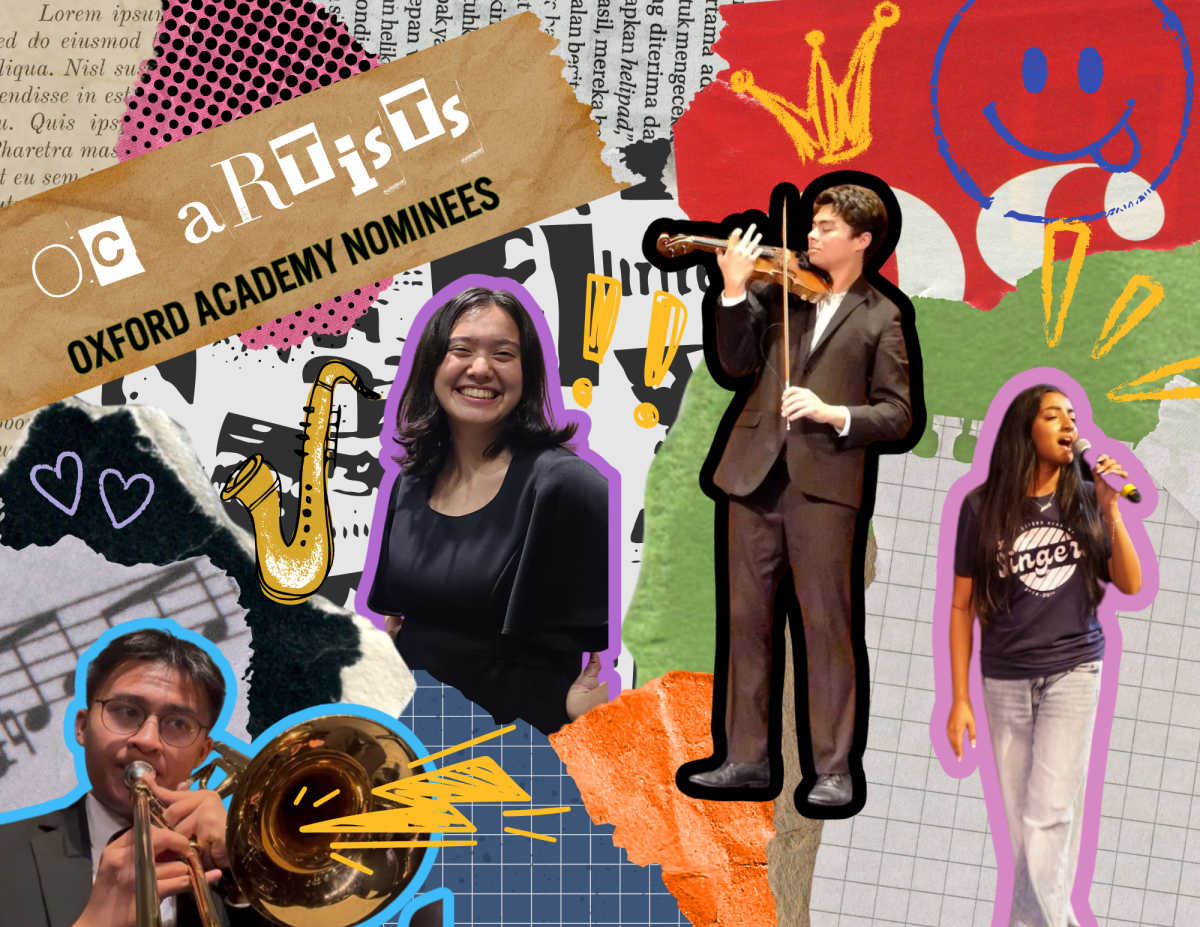



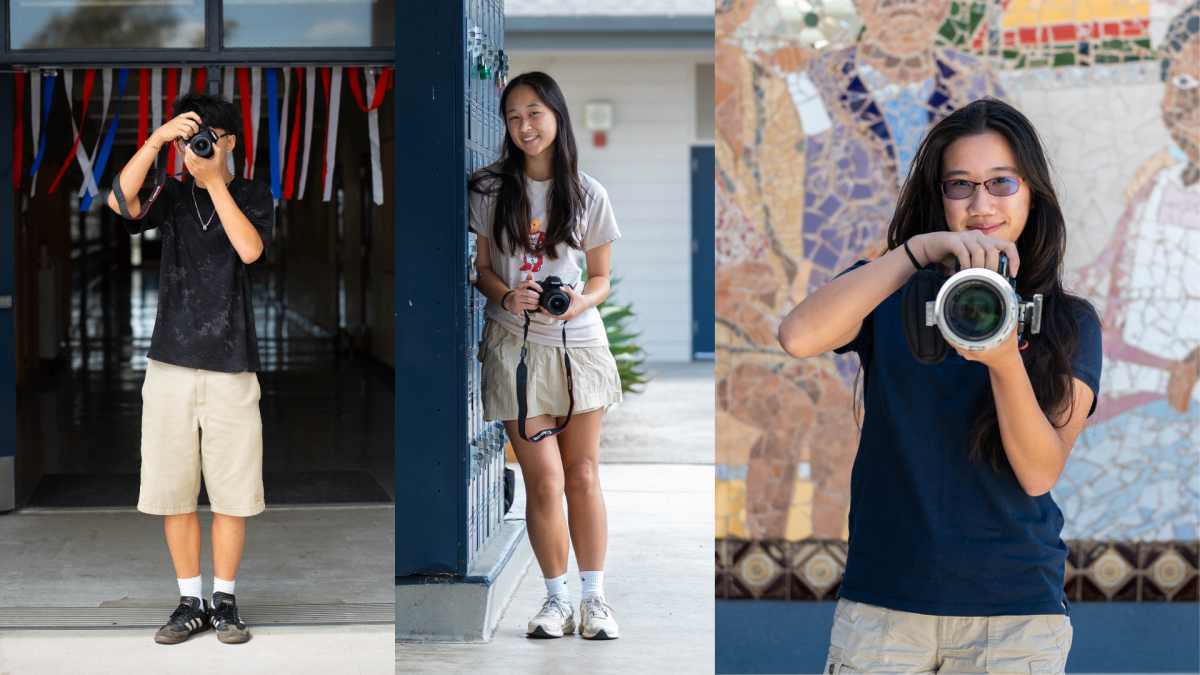

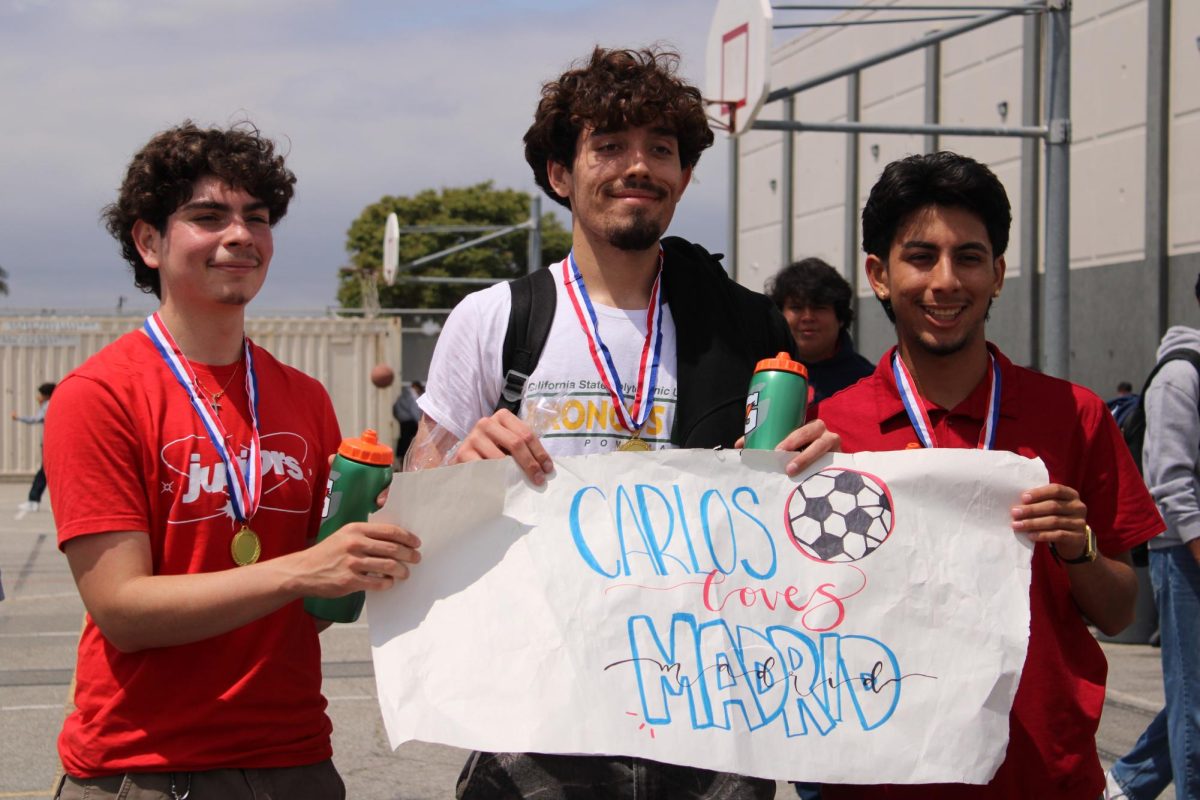
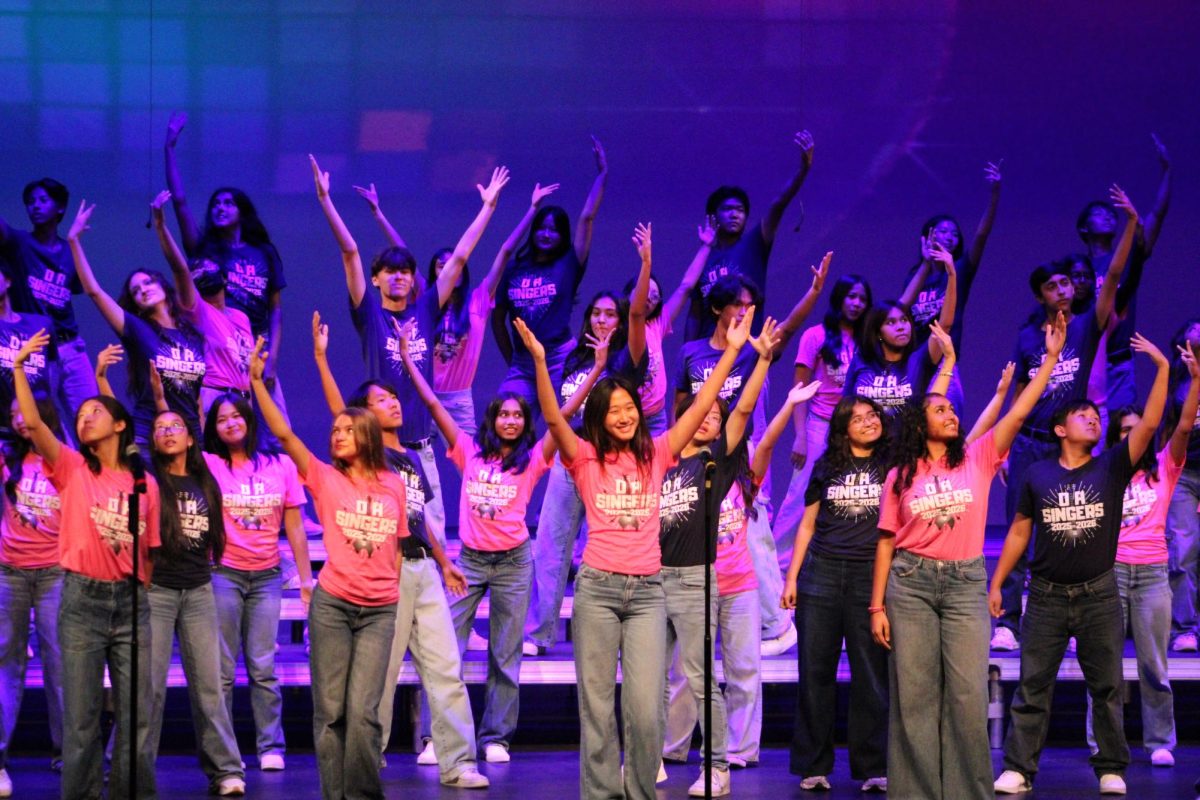
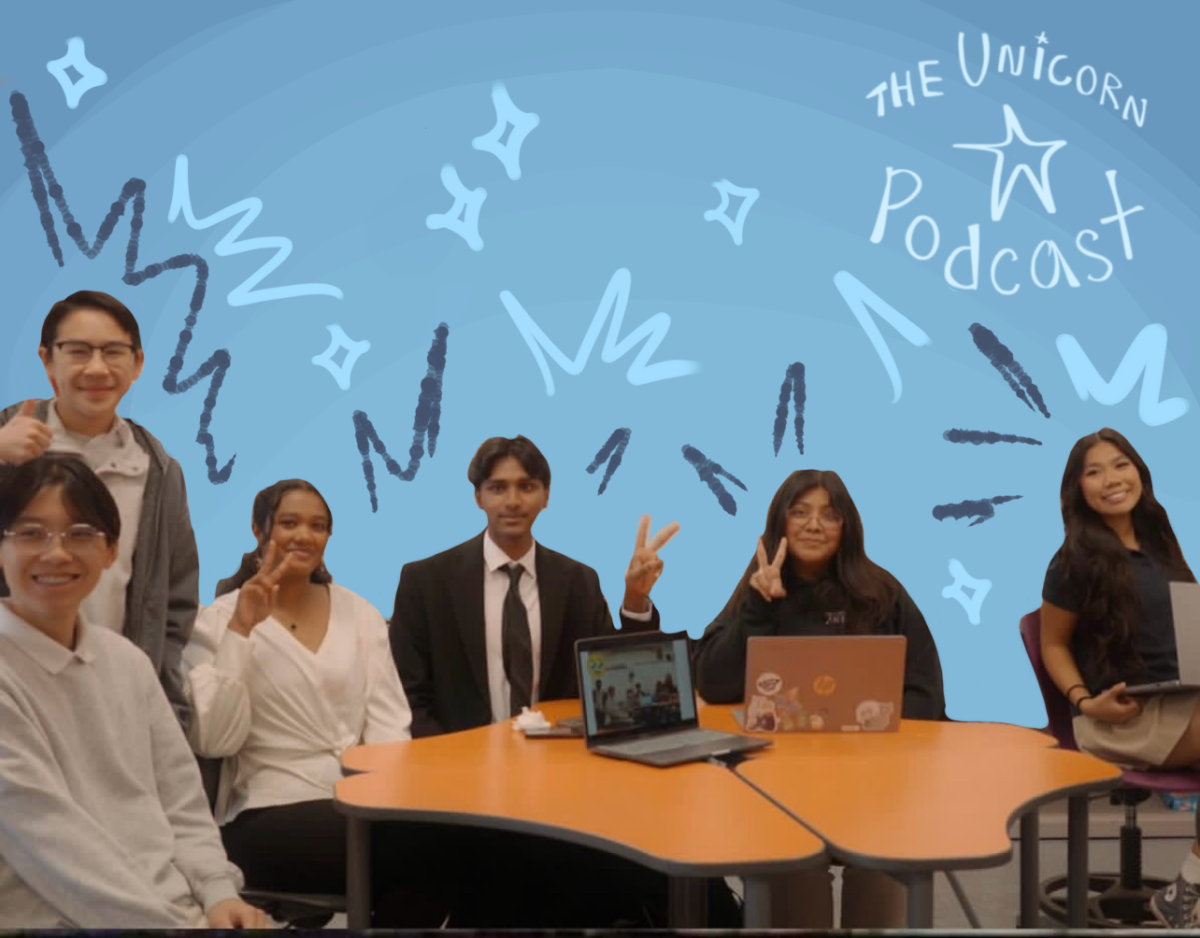
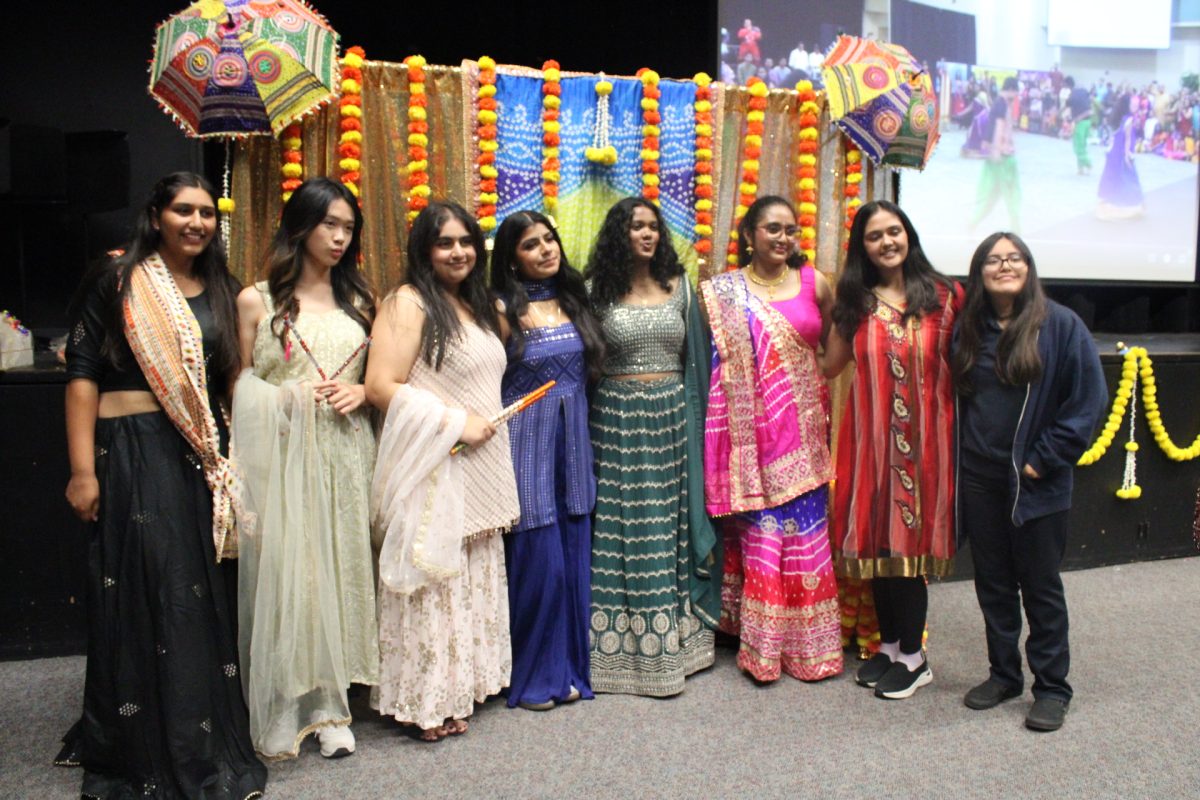




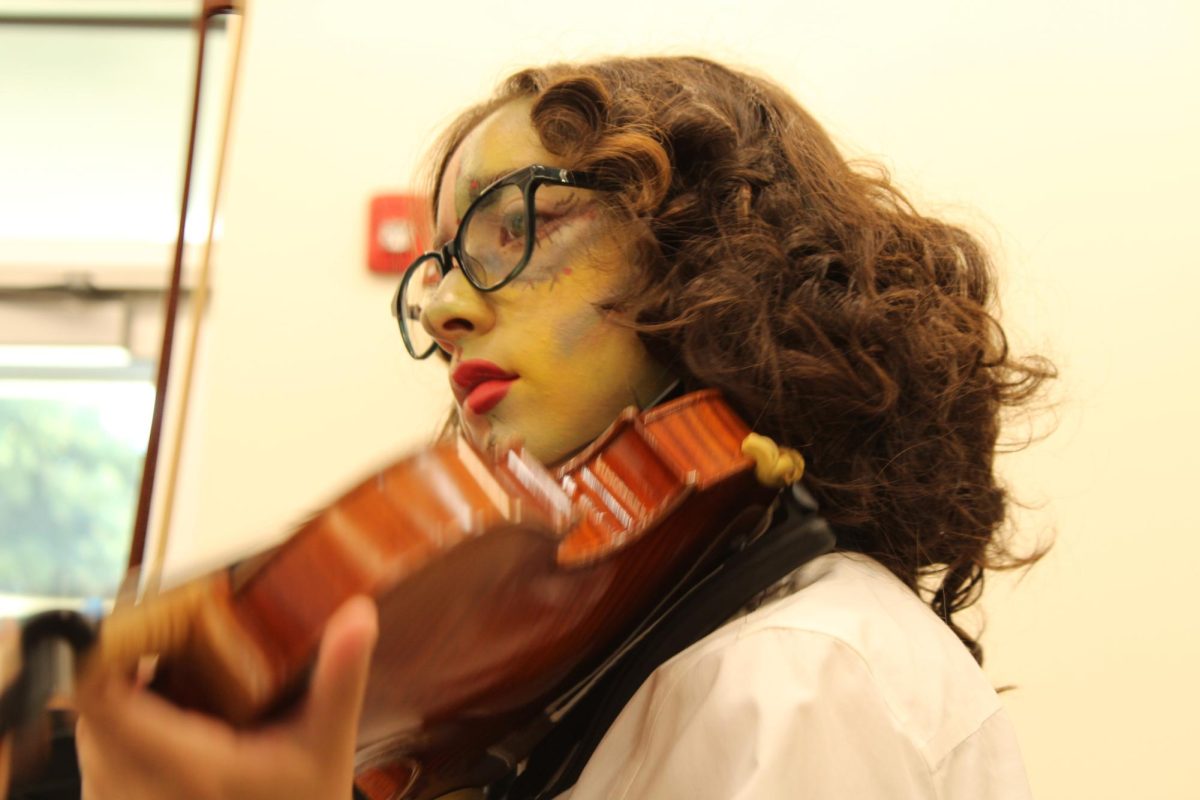

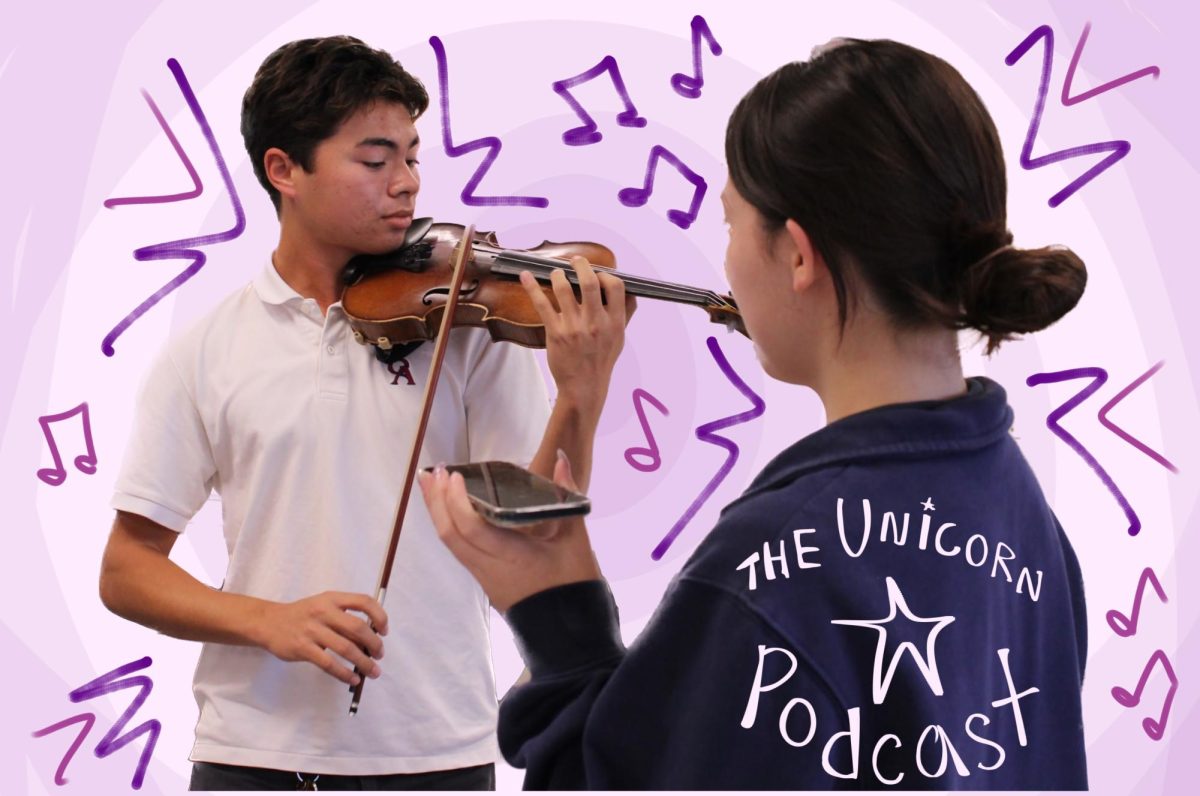
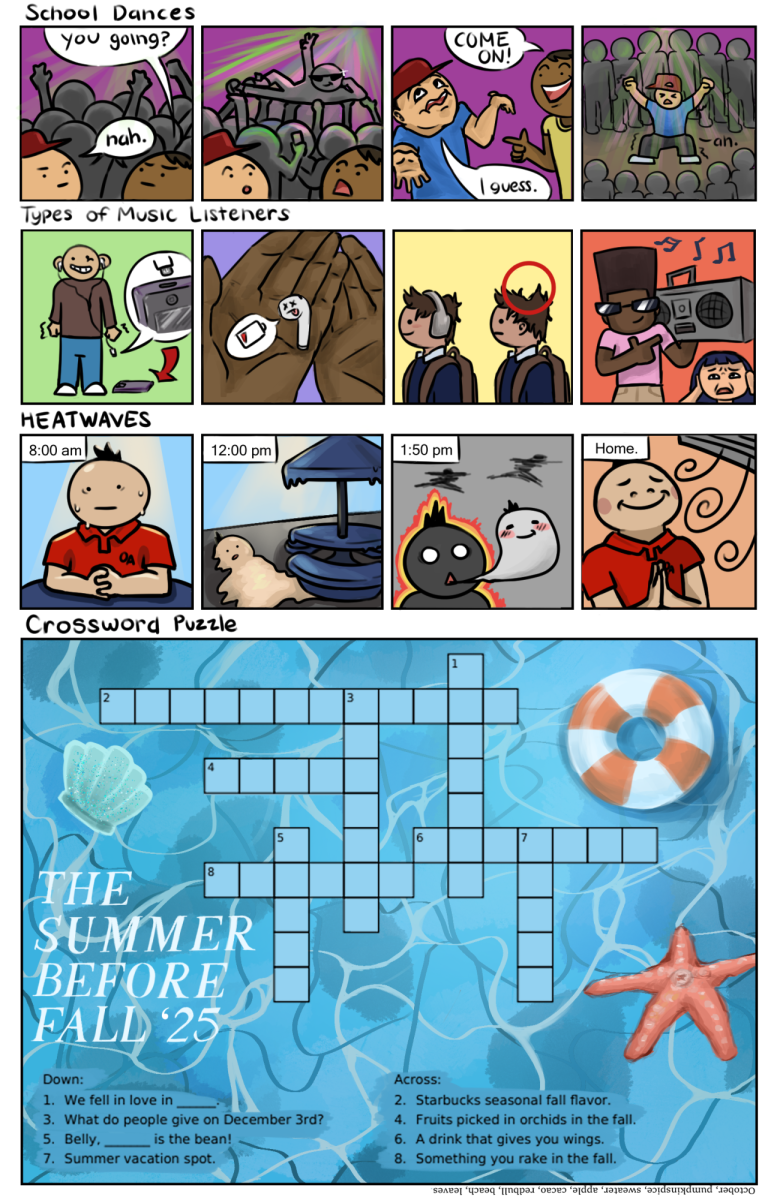


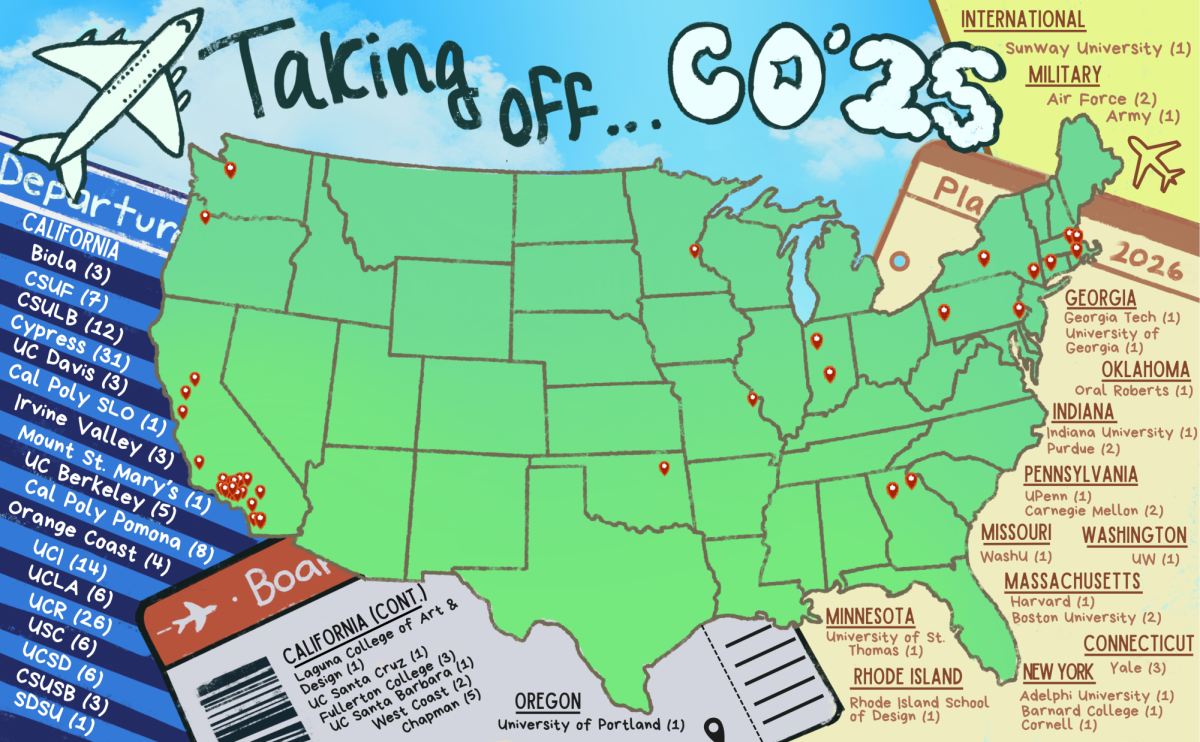
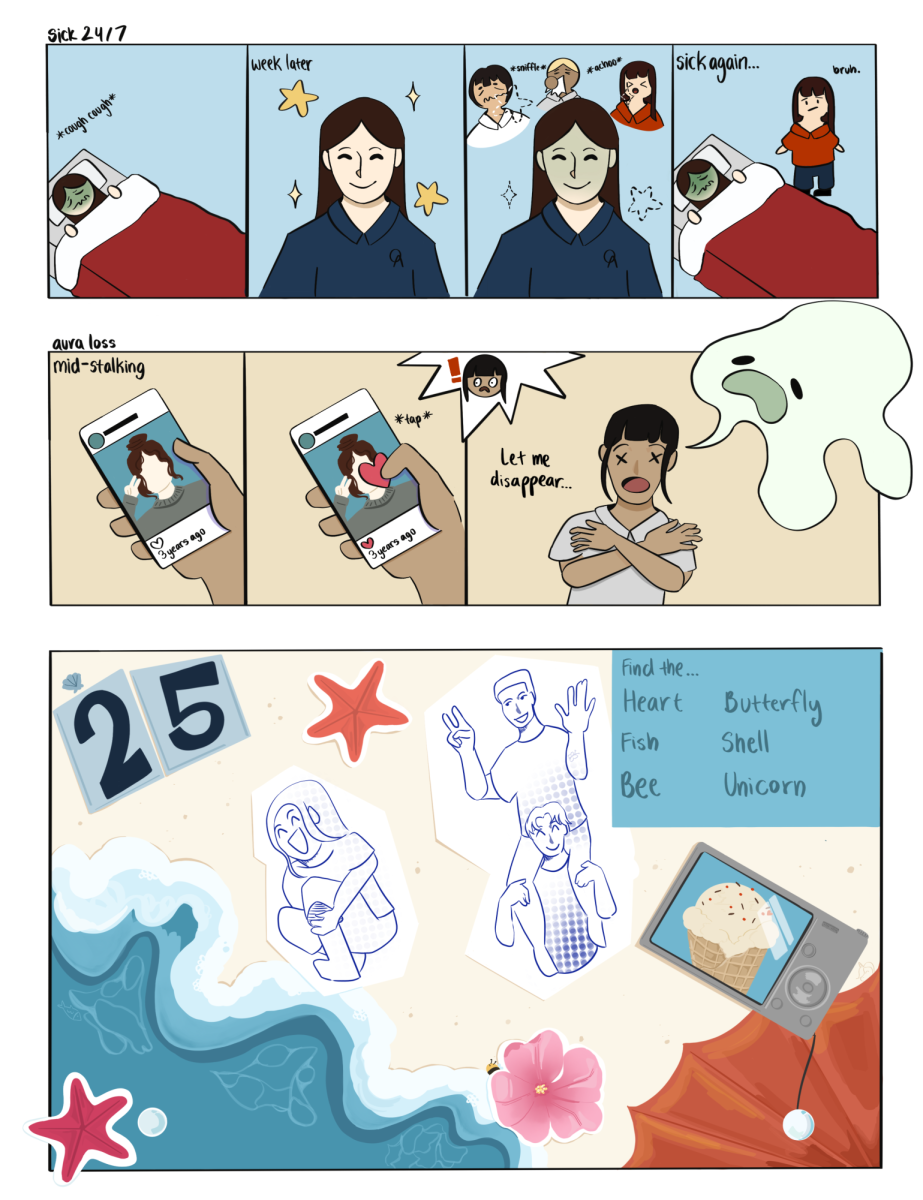
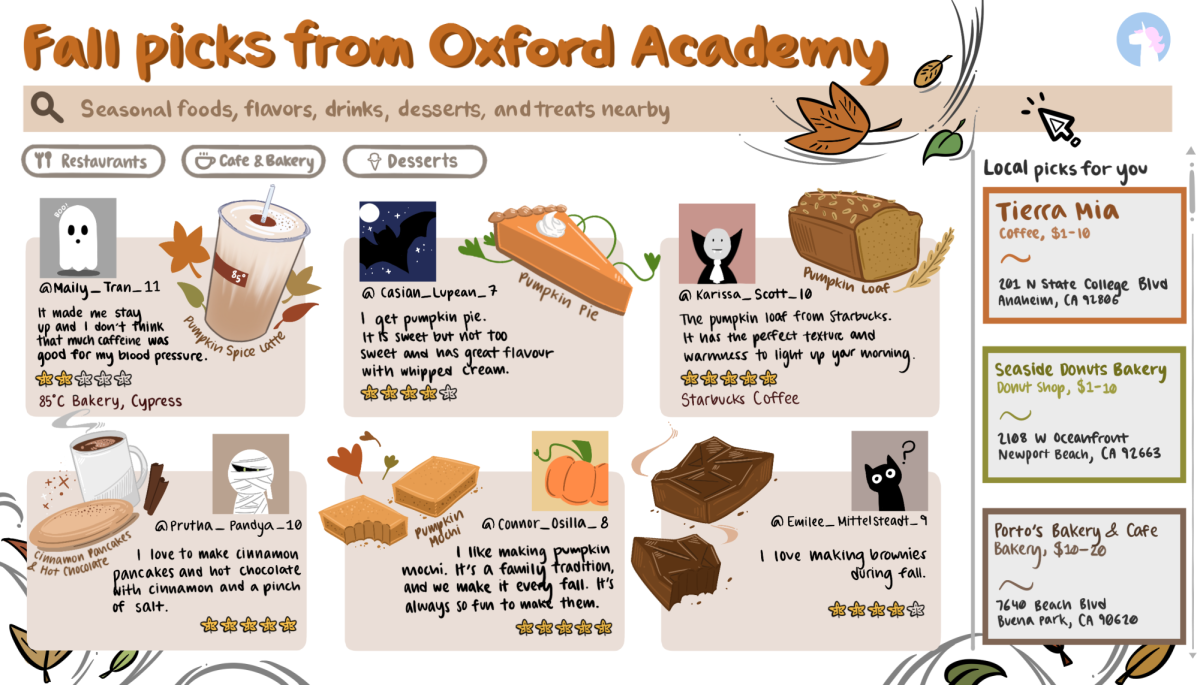
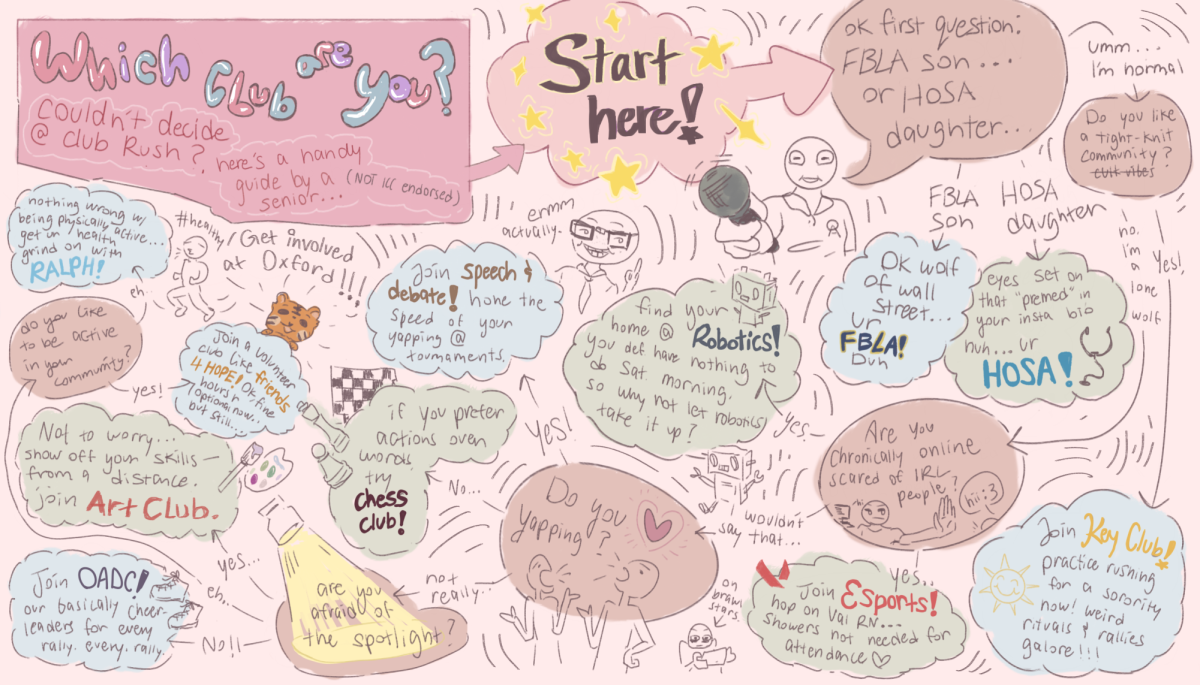
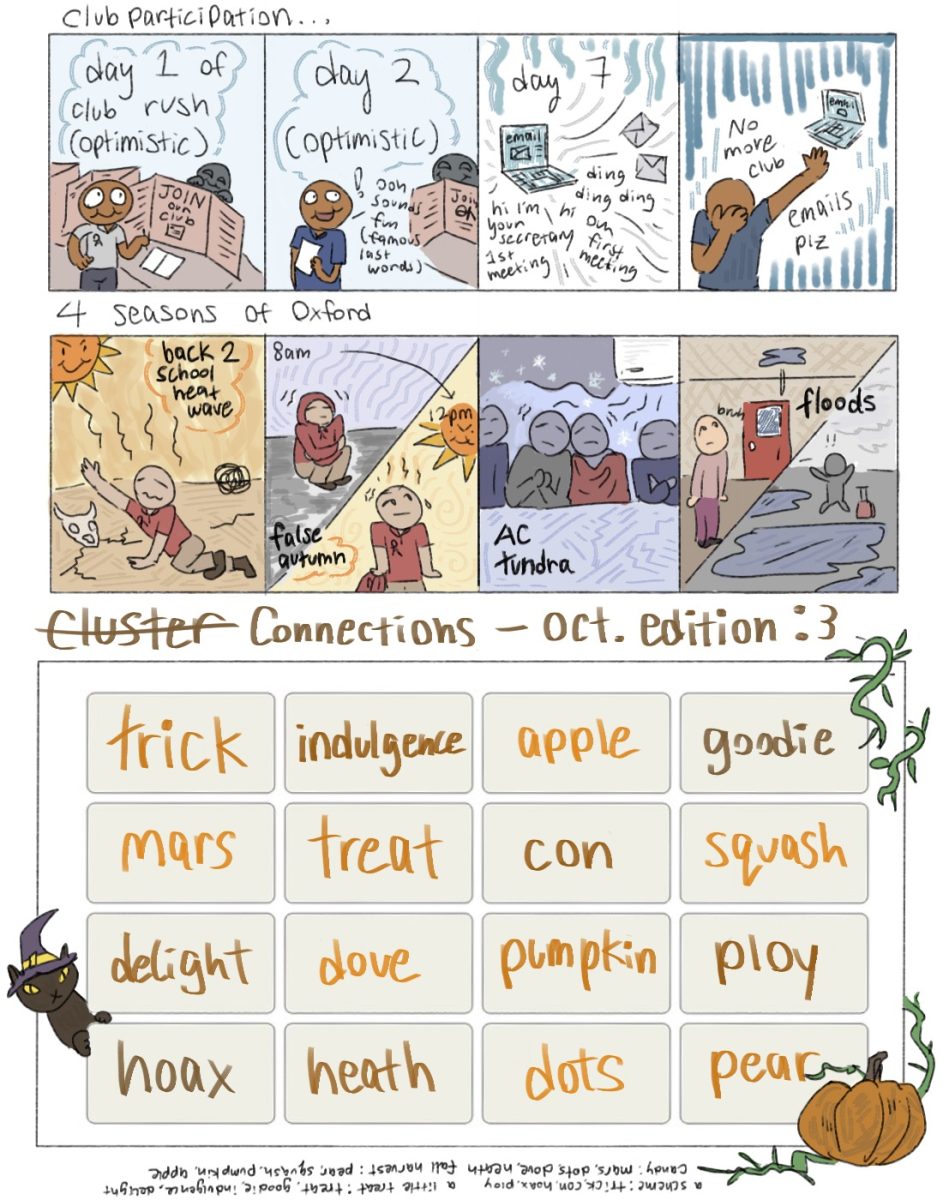
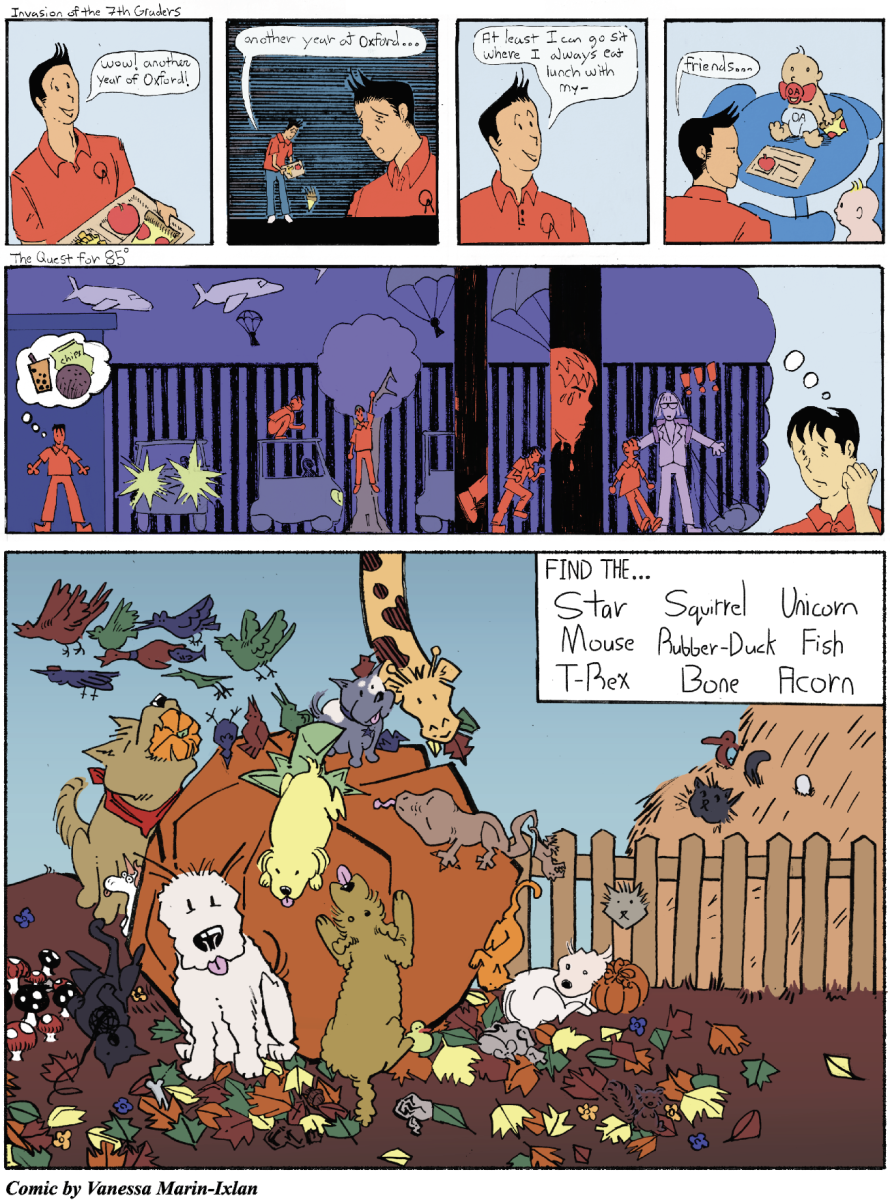
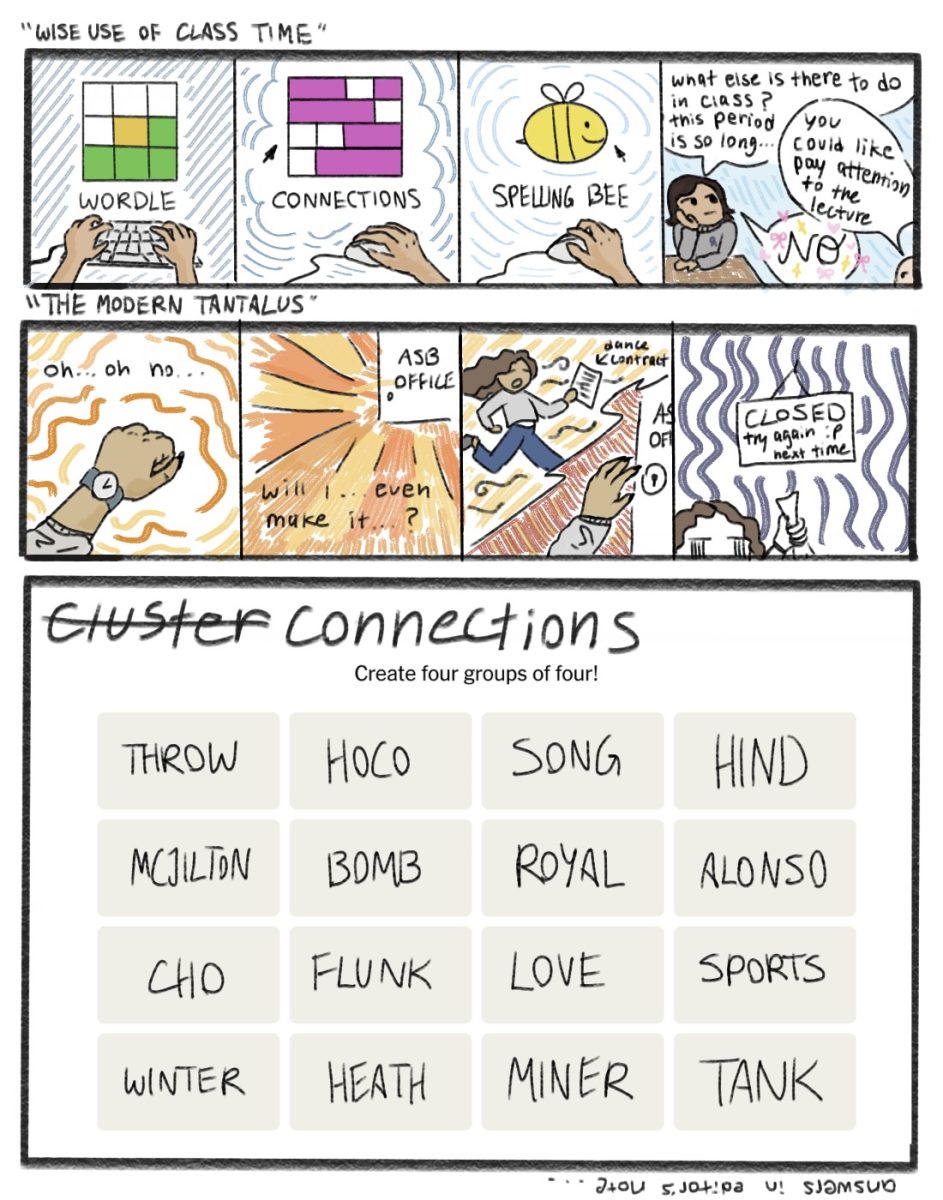
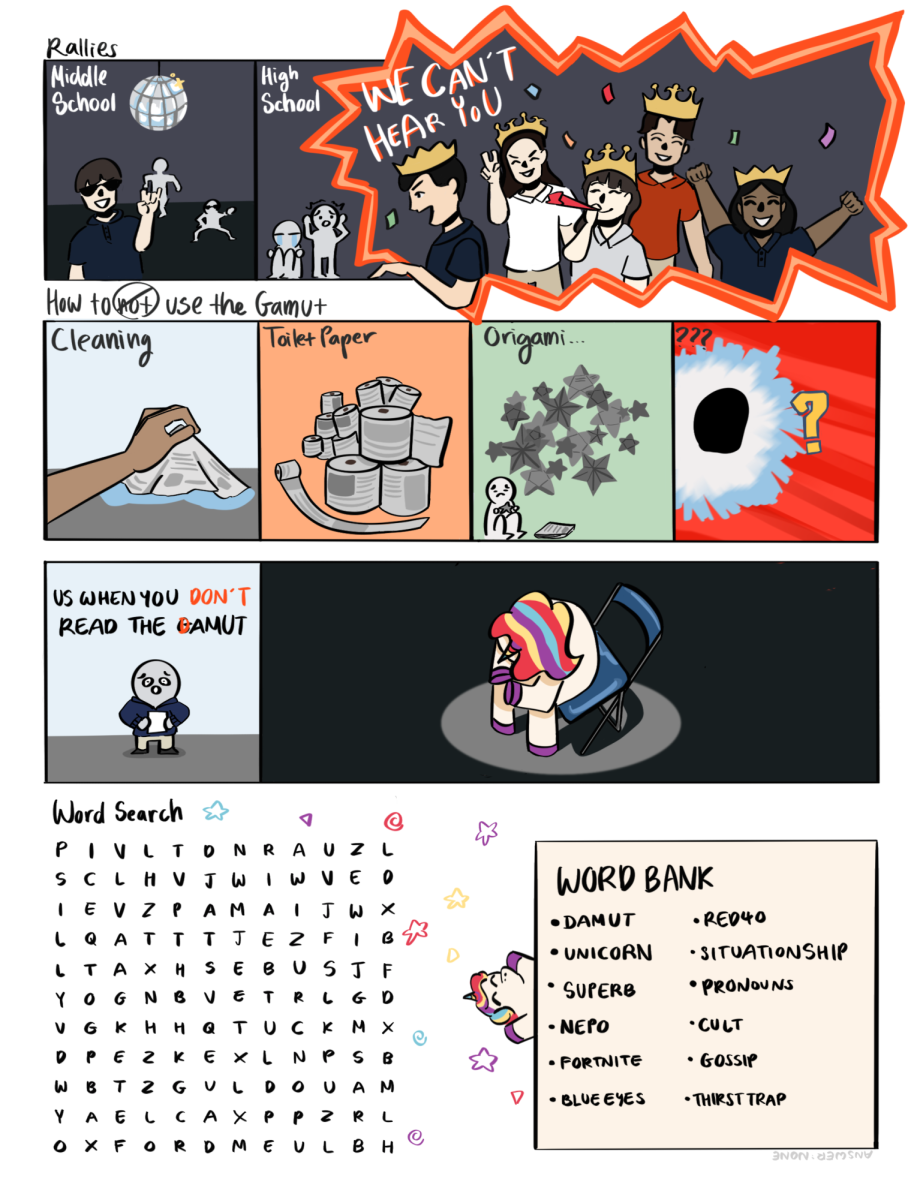






![Escaping the College [Admissions] Rat Race](https://oagamut.com/wp-content/uploads/2023/05/mayoped-750x900.jpg)

